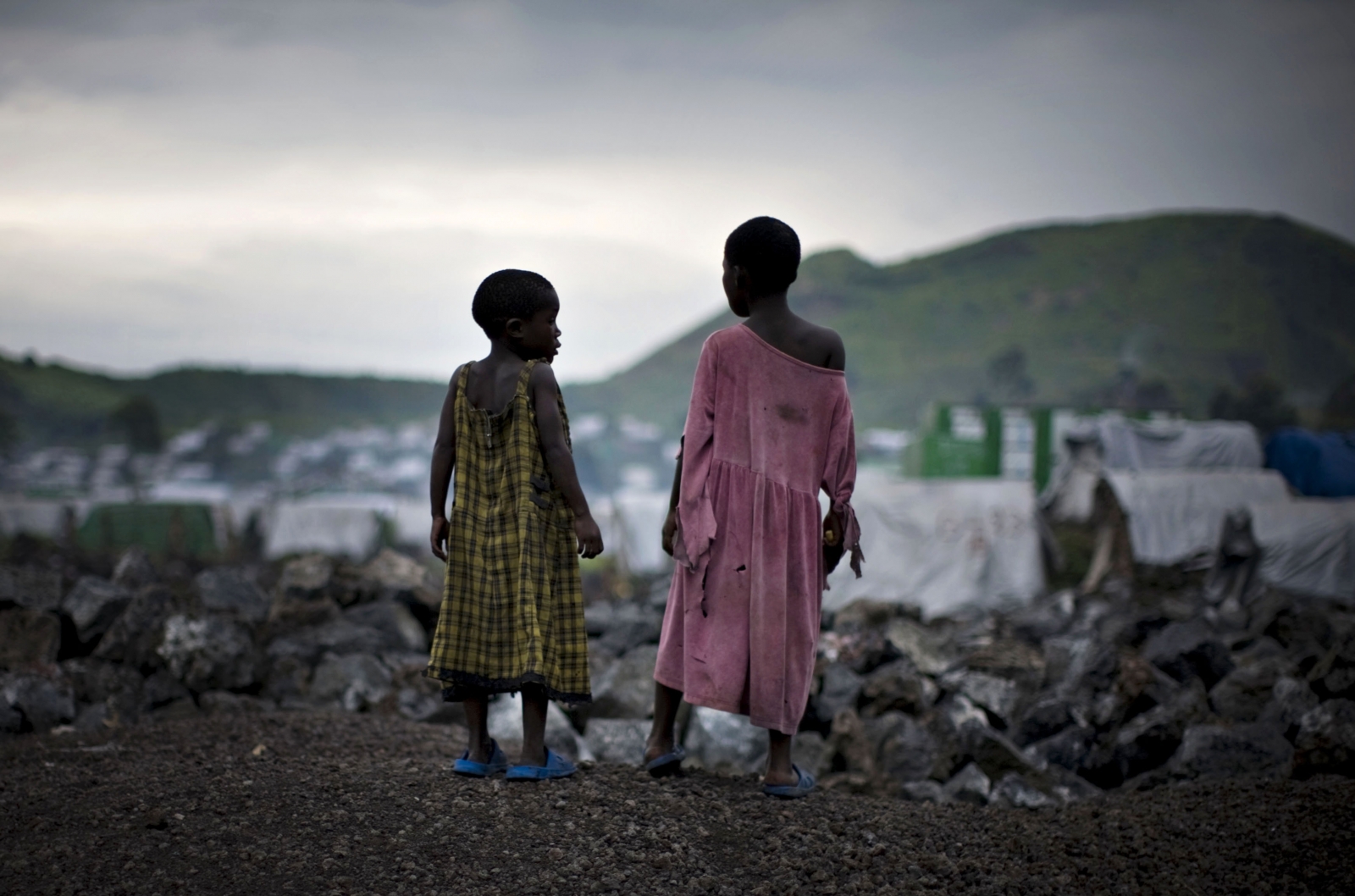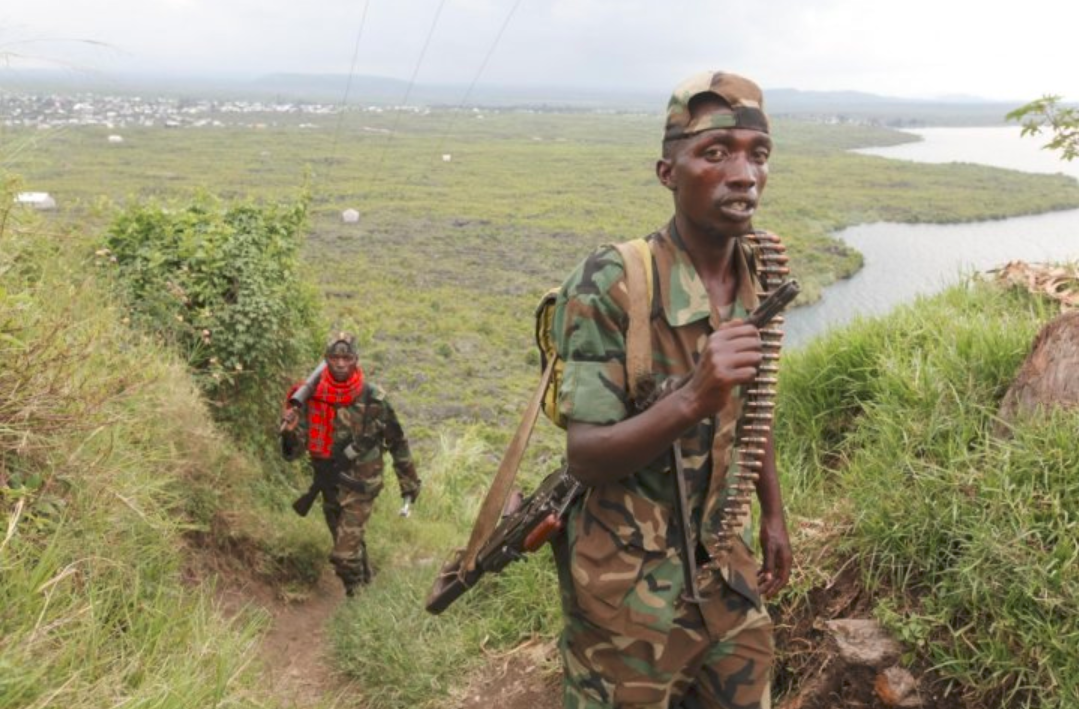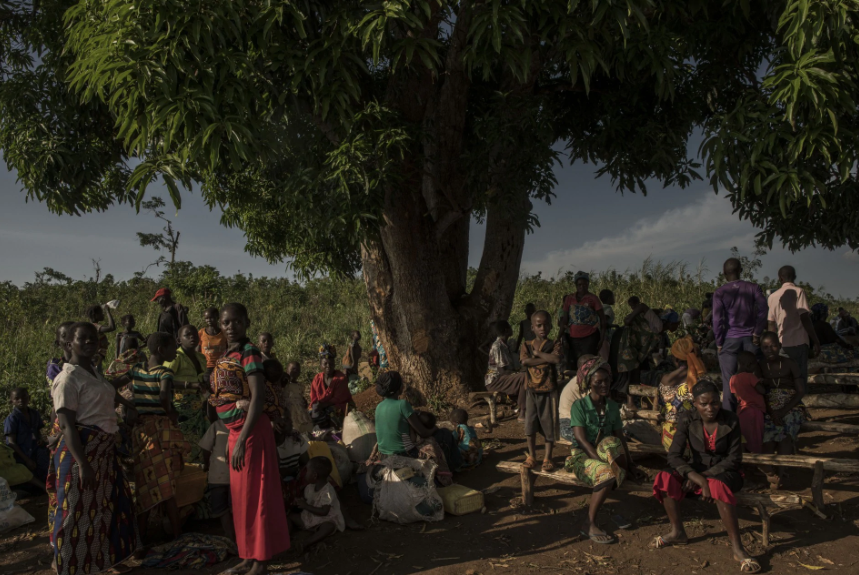3.3 Intent to destroy Hutu ethnic group
The main evidence underlying the conclusion that the APR and AFDL forces intended to eliminate all the Hutu was the massacre of all men, women, children, the elderly and the sick from the Hutu communities, and only from these communities:
In DRC, “…the incidents’ revelation of what appears to be the systematic, methodological and premeditated nature of the attacks listed against the Hutus is also marked” by the Mapping Exercise report. The attacks took place in each locality where Hutu population and refugees were detected by the APR on a very large area of the Congolese territory from East to West and the relentless pursuit of Hutu refugees lasted months. Numerous serious attacks on the physical or mental integrity of members of the Hutu group were also committed with a very high number of Hutus shot, raped, burnt or beaten (OHCHR, 2010. Report of the Mapping Exercise Documenting the Most Serious Violations of Human Rights and International Humanitarian Law Committed Within the Territory of the Democratic Republic of the Congo Between March 1993 and June 2003, Geneva: Office of the United Nations High Commissioner for Human Rights (web version), p. 14).
Human Rights Watch and Medecins Sans Frontieres reported several incidents in which killings were carried out almost exclusively with knives, machetes or bayonets to avoid scaring off other refugees ahead on the road and to leave fewer traces of killing.
The extensive use of edged weapons (primarily hammers) and the systematic nature of the massacres of survivors (children, women, the elderly and the sick, undernourished) after the camps had been taken indicate that the numerous deaths cannot be attributed to the hazards of war or to collateral damage (OHCHR, 2010, p.281).
In Rwanda, RPF forces killed civilians at meetings organized soon after their arrival in the community, a practice which gave rise to the bitter joke that kwitaba Imana, meaning to die, had come to mean the same as kwitaba inama, to attend a meeting (Des Forges, A. L., 1999. The Rwandan Patriotic Front. In: “Leave None to Tell the Story”: Genocide in Rwanda. Human Rights Watch, p. 789).
According to Roberto Garretón, UN Special Rapporteur on the situation of human rights in Congo,
“The tactic [consisted] of laying siege to camps before attacking them, […] summoning the inhabitants of predominantly Hutu towns to meetings in schools or churches, so as to massacre them; issuing appeals over the official radio stations urging all those hiding in the forests to come out for medical care and food aid, so as to murder them; and hampering or opposing humanitarian operations in the camps.” (Garretón, 1997; Ezemet, 2000)
This is an RPA hallmark entrapment method to kill larger groups of Hutu people. “They asked people to gather in certain areas, in schools and markets. Those who showed up at these meetings were given cooking equipment, clothes and food. These people were told to spread the word about other meetings. When larger groups of people showed up, the RPA used grenades or guns to kill them.” Joseph Matata [Coordinateur du Centre de Lutte Contre l’Impunité et l’Injustice au Rwanda (CLIIR)] describes the way the RPF tried to instil trust before going in for the kill: “They caress their victims before they kill them. It’s appalling. Not even the Nazis did this.” (Rever, 2018)
“The RPF death squads proved that their act was really premeditated and that they wanted to go through with their dirty work. On their path, the destruction was complete, especially that there were no foreign observers. This was the case in Cimanga, Musenge, Kasese, in the pass between Mushaki and Karuba above Sake, and in the Virunga National Park (PNV). By pursuing refugees over 2000 km from the plain of Uvira to Mbandaka, the RPF has shown that it would not be satisfied with half-crime. It wanted total annihilation.” (Musabyimana, 2004)
“Conservative estimates from intelligence sources suggest that as many as 500 Hutus were killed per day by these units, over at least a two-month period during the genocide. Over a mere 60 days, upwards of 420,000 Hutu civilians killed by DMI units in the dozen rear areas seized and controlled by the RPA. Over 90 days, an estimated 630,000 Hutus were killed by DMI units in RPF zones.” (Rever, 2018)

3.3.1 Women and Children
Women were tortured and subjected to mutilation, particularly sexual, during these massacres. Children alongside the adults were killed indiscriminately, sometimes in particularly cruel ways ...

3.3.2 Humanitarian Assistance withheld
attacking forces made it impossible to get humanitarian aid to starving, exhausted and sick refugees, either by blocking access to them or by relocating them out of the reach of assistance ...

3.3.3 Evidence concealed
The massacre of Hutus went on concomitantly with the clean-up of grave sites. Perpetrators of the massacre made concerted efforts to conceal the evidence by cleansing massacre sites ...
